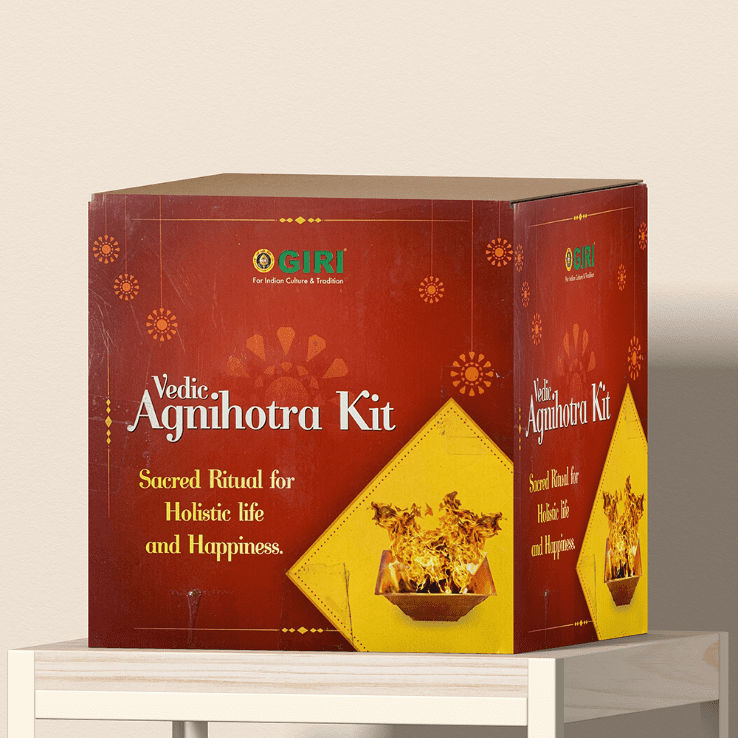Homams – History, Current trends and practices


Homams – History, Current trends and practices
Almost everyone has a firm belief that any endeavour needs the blessing of the Almighty in order to be a success. For centuries, Hindus have been performing Homam’s or Havan which is essentially a spiritual ritual that involves a holy sacrificial fire. The fire or Agni is invoked as an agent to carry material and symbolic offerings to God. Homams are usually conducted by priests learned in Vedas and shastras on behalf of a family. The belief is that making specific offerings to specific deities will not only result in the successful attainment of any petition that is made, but also grant good health, wealth and prosperity. Therefore, various Homams exist depending on which sect one belongs to or which deity one is propitiating, or what one would like as an outcome.




The most common offerings in a havan are samithu and cow ghee. Samithu are bundles of dry twigs from specific trees and certain dry grasses. It is interesting to note that these twigs are usually those that have fallen from a tree, not broken from the branch. Ghee or clarified butter is offered as a constant drizzle and serves as a fuel for the fire to burn better. Various other items such as herbs, grains, camphor, seeds etc, collectively called Puja Samagri are also offered into the havan.
The area chosen to perform the Homam or havan is usually decorated with kolams and a lamp or vilakku is placed on the side. The fire is usually ignited while chanting invocation mantras, using camphor.
A Ganapati Homam is probably the simplest and is very often conducted annually by families to invite positive vibrations into their homes. Navagraha homams are conducted specifically to reduce the ill effects of misaligned planetary positions in one’s horoscope. Navadhaynams and Vastrams are offered in this homam and are usually available as Navagraha Homam Sets. The beauty of Sanatana Dharma is such that homams are also performed in public for the general well being of society!
Current Trends in homams:
Eco- Friendly: The current generation are keen to follow traditional values but with a watchful eye on the impact to the planet. Consequently they ensure that all offerings are organic and ethically sourced.
Customised: In the earlier days, whatever the petition was, there were a few standard homams that were performed by priests. However in recent times, a variety of Havans or combinations of havans are conducted based on the intensity of the intention.




